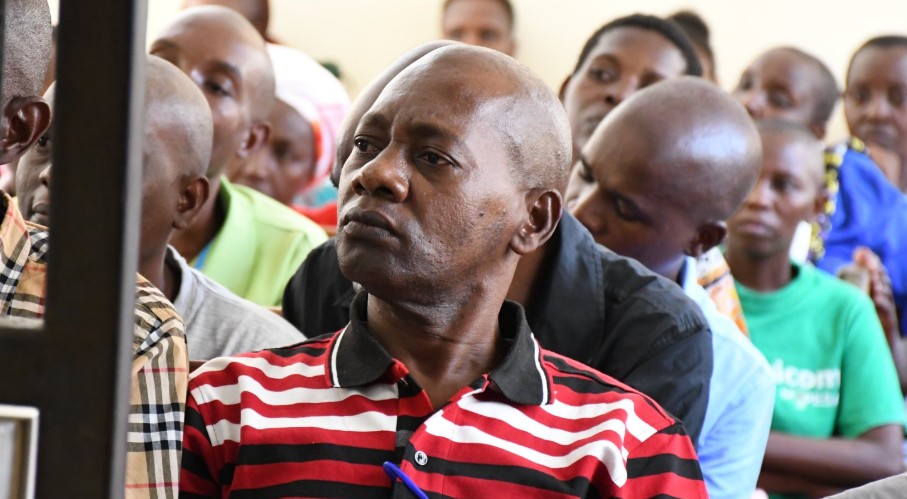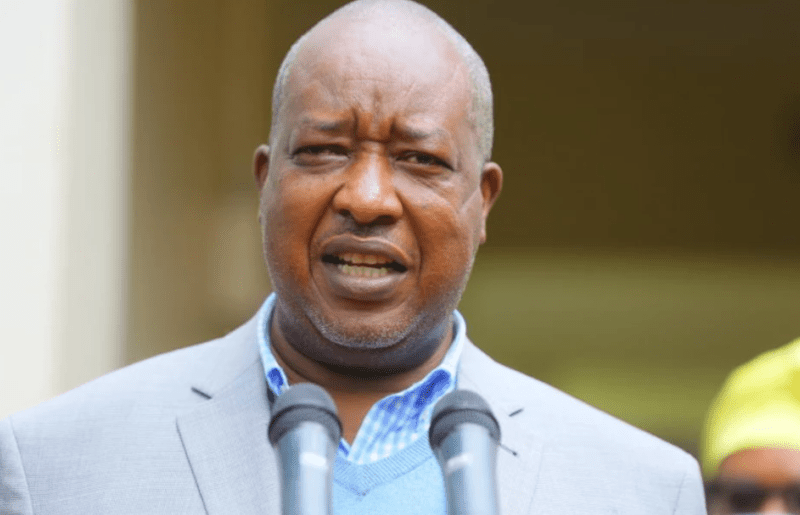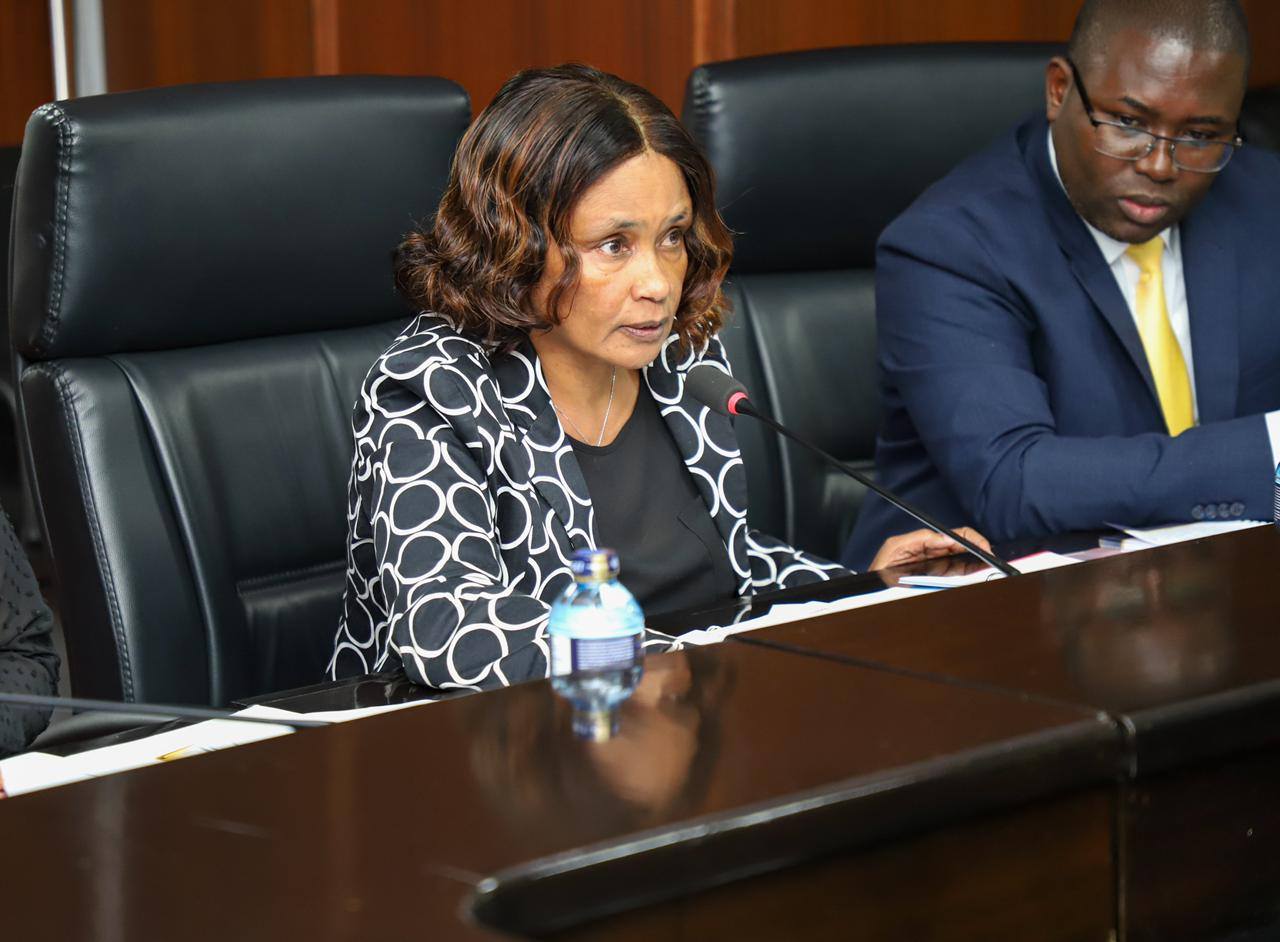Opinion: Horn of Africa road project must embrace justice and equity for locals

An important turning point in the current investigation of the HoAGDP's implementation has been reached with the recent engagement of the National Land Commission (NLC) and senators.
The Horn of Africa Gateway Development Project (HoAGDP) is evidence of Kenya's aspirational goals for economic change and regional connectivity. This massive project, which spans the northern border from Isiolo to Mandera, is expected to bring in a new era of wealth, integration, and regional growth.
But as the project takes shape, it has become a focal point for a crucial national dialogue on how to strike a delicate balance between development and local communities' rights.
More To Read
- High Court nullifies law limiting NLC’s timeline on historical land cases
- National Land Commission directs State to conclude Ogiek resettlement
- Residents to receive Sh500 million compensation for Isiolo-Garbatulla-Modogashe road project
- Motion filed seeking probe into irregular land allocation in Nairobi County
- Parliament probes illegal subdivision of Kenya Veterinary Vaccines Institute land
- NLC commissioners conclude term with over 31,000 requests for land regularisation processed
An important turning point in the current investigation of the HoAGDP's implementation has been reached with the recent engagement of the National Land Commission (NLC) and senators.
Isiolo Senator Fatuma Dullo has raised several concerns about the project, especially in the context of land acquisition and compensation. Senator Dullo argues that the land compensation spearheaded by NLC shows serious discrepancies and possible injustices. The senator's worries, which are firmly based on the experiences of her people, present a concerning image of a system that might not be working effectively to safeguard those it is supposed to.
Her main point is that there seems not to be any clear-cut, uniform standards for valuing land. Her sharp questions on reported cases of mud huts being paid more than permanent structures have ignited concerns about the integrity of the overall compensation system. These differences are not just inadvertent administrative errors; rather, they paint an image of fundamental to social fairness and equitable development.
The NLC has recently taken action to interact with impacted communities along the project route in response to growing pressure. The visits to Isiolo County by CEO Kabale Tache and Vice Chairperson Gertrude Nduku, which included open bars in Ndumuru and Gambella, show that communication is necessary. Notwithstanding their praiseworthy nature, these initiatives seem to be more reactive than proactive, as they follow increased public scrutiny and parliamentary intervention.
There has been scepticism towards the NLC's claims during these community forums that compensation procedures will start as soon as grievance hearings are over. The recurring inquiries from Senator Dullo highlight a basic worry: the ambiguity and inconsistency of the standards applied to appraisal and remuneration. The public's desire for openness and justice in the way national projects affect local communities is echoed by the senator's demand for a thorough assessment of the compensation structure.
The NLC's professed dedication to openness and community involvement needs to progress from platitudes to verified, tangible acts. This might entail the development of transparent, publicly available standards for land valuation, frequent, independent reviews of the compensation procedure, and strong, neighbourhood-based channels for continuous communication and conflict settlement.
Furthermore, the problems raised by Senator Dullo's advocacy demand that we reconsider how we handle remuneration concerning national development initiatives. The existing approach is insufficient to handle the complex effects of relocation and community disturbance since it frequently reduces complicated social and economic realities to straightforward monetary transactions.
More extensive compensation plans that cover livelihood restoration, skill development, and the long-term economic integration of impacted communities into the new economic environment brought about by initiatives like as the HoAGDP are desperately needed.
The HoAGDP offers a chance to lead the way in developing novel methods of community benefit sharing. In addition to providing individual compensation, measures that enable impacted communities to participate in the project's success over the long term must be investigated. This could involve creating community development funds that are funded by project revenues, implementing preferential employment policies, or implementing equity participation schemes.
The continuous discussion surrounding the HoAGDP is an important reminder of the need for a more inclusive, transparent, and equitable approach to national development as Kenya pursues its ambition of infrastructure development and regional integration. The project has the potential to be a transformative force for Kenya's northern regions, but this transformation must not come at the expense of justice and equity for local populations.
The writer is Public Policy Specialist, Development Practitioner, and a Management Strategist. [email protected]
Top Stories Today











































